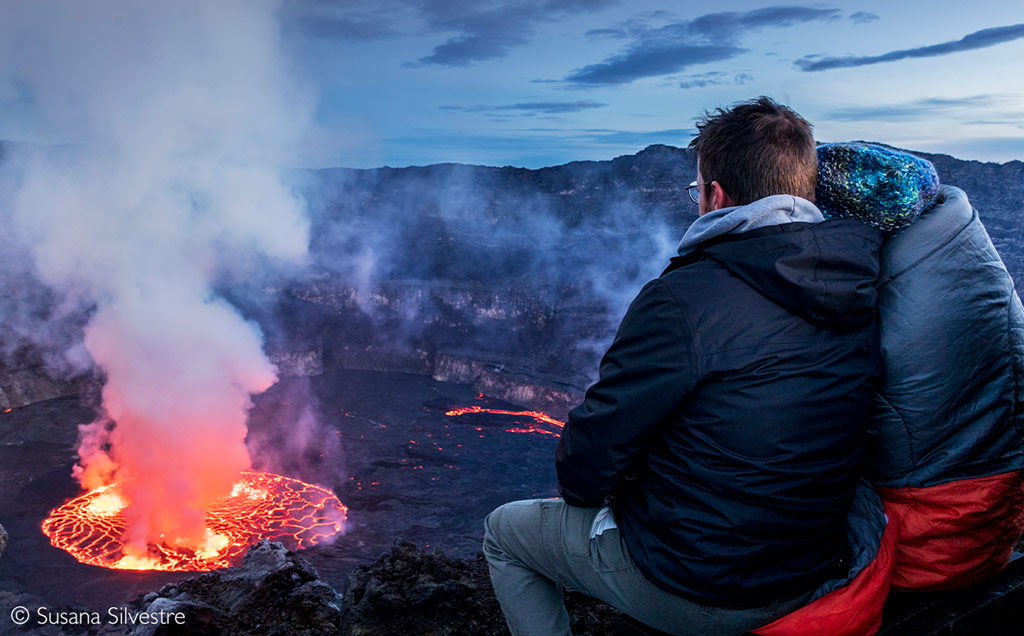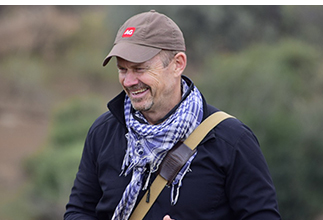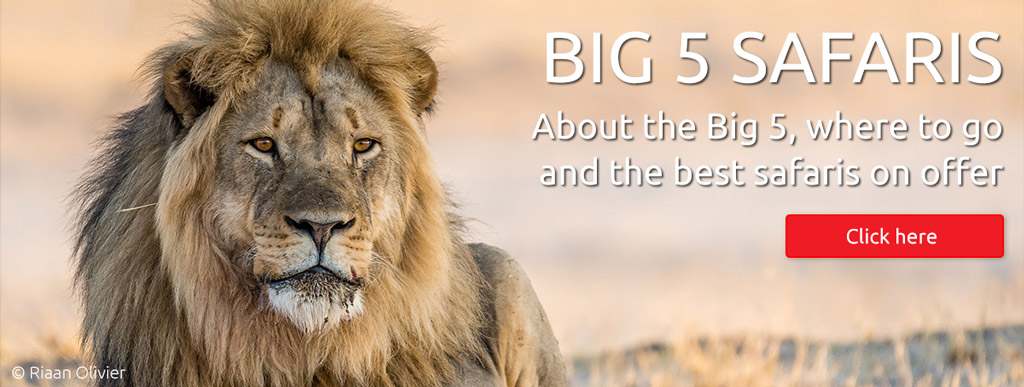
This is a copy of our weekly email newsletter. Subscribe here to receive the newsletter.
Tusker hunt photos emerge + more

About 20 years ago a bunch of adventurous lads rubber-ducked the mighty Zambezi River from source to mouth to raise funds for anti-malaria campaigns in the region. It was an epic adventure that delivered many life-lessons.
The annual floods had arrived in Western Zambia and we came across many temporarily abandoned villages – and found ourselves drifting between the elevated wooden-platform homes. The Lozi people move to higher ground to the east during the floods, marking the occasion with the famous Kuomboka festival. One night we found a tiny island that seemed perfect for camping. Unbeknown to us, the entire ant population of Barotseland was sheltering on this rare patch of elevated land. These angry warriors ate the bottom of one of our tents and persuaded us to spend the night huddled around our meagre fire slapping our legs or sleeping in the floating rubber ducks! We also learned how to avoid becoming flat dog (crocodile) food while taking a communal bucket-shower on the banks of the Zambezi – but that’s another story.
My last visit to the birth floodplains of the Zambezi River was late last year. Liuwa Plain National Park in Zambia is one of Africa’s rising wildlife destinations, rivalling even the famous South Luangwa National Park in its appeal. Among other things, Liuwa hosts the second largest wildebeest migration – it’s like a mini Serengeti. Have a look here and start planning your next safari. 100% of revenue received by African Parks from your Liuwa safari goes to wildlife conservation and community empowerment.

Simon Espley – CEO, Africa Geographic
From our Editor – Taryn van Jaarsveld

Falcons are incredibly fast and skilled hunters. But did you know that there is one falcon that has taken its hunting abilities to the next level?
The Eleonora’s falcon, which breeds off the coast of Morocco and winters in Madagascar, has come up with a unique way of keeping its meals fresh – by catching small live birds and trapping them inside rocky prisons. Ornithologists observing one population of the birds on the Mogador archipelago reported that the falcons caught little birds, stripped them of their flight feathers and shoved them into deep holes in the rocks. Cunning!
In an update to our recent story on three elephants trophy hunted in Enduimet, Tanzania, we are now able to publish the photos from the first hunt of super tusker, Gilgil – see our story below. Photographer of the Year 2024 is warming up rapidly, and this week’s epic photos are hot, hot, hot… Check them out in the gallery below. And read our fascinating story about how a wobbly earth and once-green Sahara led to the spread of humans.

Story 1
https://africageographic.com/stories/photographer-of-the-year-2024-weekly-selection-week-2/
FINEST PHOTOS
This week’s selection for Photographer of the Year. Winners will enjoy a conservation safari in Hwange and have a lion research collar sponsored in their name. Don’t miss out
Story 2
https://africageographic.com/stories/amboseli-super-tuskers-down-to-10-as-trophy-hunters-operate-in-stealth-mode/
HUNTED TUSKER – PICS
Update: Three elephants (including two super tuskers) were hunted in Enduimet, Tanzania, near the Kenya border. We reveal pics from the first hunt
Story 3
https://africageographic.com/stories/how-a-wobbly-earth-and-green-sahara-led-to-the-spread-of-humans/
GREEN SAHARA?
How did wobbles in the Earth’s rotation lead to the greening of the Sahara Desert, and the wider distribution of humans and other species?
 TRAVEL DESK:
TRAVEL DESK:
Here are two irresistible trips for those wanting to fully immerse themselves in their surroundings while on safari:

 WATCH: A wonderful sighting of a baby zebra taking its very first steps after just after being born in Thornybush Game Reserve, Greater Kruger, South Africa. (01:00) Click here to watch
WATCH: A wonderful sighting of a baby zebra taking its very first steps after just after being born in Thornybush Game Reserve, Greater Kruger, South Africa. (01:00) Click here to watch
For more videos celebrating Africa, check out our videos here
To comment on this story: Login (or sign up) to our app here - it's a troll-free safe place 🙂.![]()






